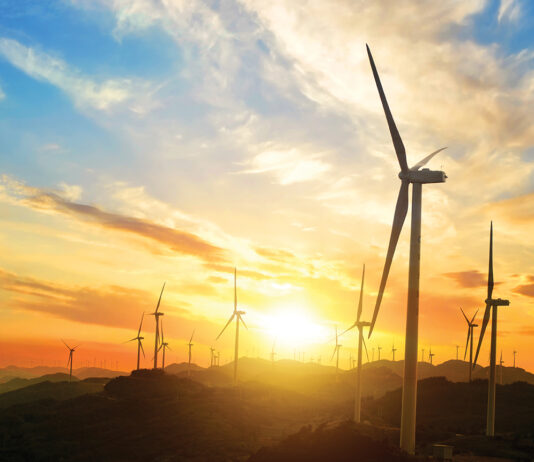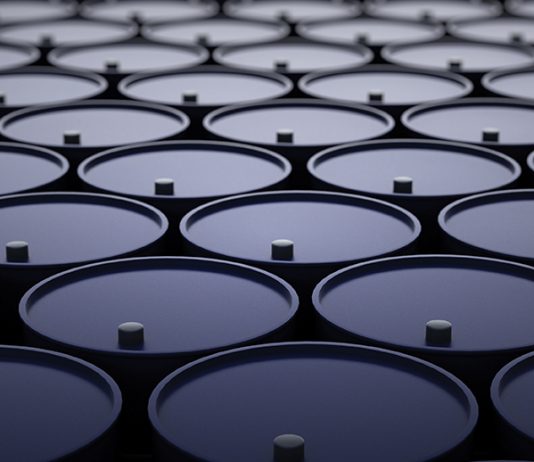
Alaska’s oil industry has huge potential for greater development, with untapped oil reserves under its icy terrain. Yet, many projects have come to a halt in recent years due to environmental pressures and uncertainty about the impact of the drilling and maintenance of oil operations on the environment. Several Alaskan politicians continue to support further oil and gas development in the region, pushing for the U.S. government to approve longer-term projects while demand for fossil fuels remains high. However, due to climate pressures, President Biden has repeatedly imposed restrictions on the state’s oil developments. Now, Alaska is once again attracting interest in its oil potential, but there are uncertainties over whether new projects will ever see the light of day.
Developments with ConocoPhillips in the North Slope
ConocoPhillips has operated oil projects in Alaska for several decades. This experience makes them well-prepared for the challenges that the state’s icy landscape brings to exploration and project development. The oil major remains Alaska’s largest oil and gas producer, having completed several developments on Alaska’s North Slope. ConocoPhillips has drilled 58 exploration wells since 2000, making a landmark discovery in 2016 – Willow. The Willow area is thought to hold 450 million to 800 million barrels of oil equivalent (MMBOE), according to 2019 estimates, making it the biggest find since the 1990s.
Despite the huge oil potential lying beneath Alaska, getting this project off the ground has not been easy. ConocoPhillips has been waiting for approval to carry out more exploration and development activities for years, experiencing major pushback both from environmentalists and the U.S. government. President Biden has pressured OPEC+ to increase its oil output over the last year, in response to global shortages and rising prices, following the Russian invasion of Ukraine. He has also approved higher production levels in already developed U.S. oil regions, such as the Permian Basin. However, he has put several limits on new exploration and development activities, instead pushing his green policy forward.
The Impact of President Biden’s Policies on Alaskan Oil
Biden’s Inflation Reduction Act offers subsidies, incentives, and grants for the development of renewable energy projects and carbon-cutting initiatives across the country. This policy was introduced not only in a bid to cut the rising inflation that’s been seen over the last year but to support America’s transition away from fossil fuels to cleaner alternatives. This has gone hand in hand with several of Biden’s other initiatives, such as banning the sale of new oil and gas leases. This has had a significant impact on oil-rich regions, such as Alaska, which were hoping to continue developing their oil prospects to boost state revenue and job creation. At the same time, demand for “black gold” remains high.
But now, Biden is facing mounting pressure to decide on the future of Alaska’s oil and gas production. Alaska has been in limbo for the last few years, unsure of whether new oil projects will go ahead. Now, there are calls on Biden to approve or reject ConocoPhillips’ major Willow project, with the potential for construction on the North Slope to start immediately, during the short winter season. If no decision is made, the company will have to wait until next year to start any development. With Alaska’s economy struggling, several vested parties are pushing for the oil project to go ahead, including Alaska’s bipartisan congressional delegation.
How Does the Community Feel About this Project?
Yet the local population and Alaskan Native leaders are split on their support for the development. While it could bring much-needed funds and jobs to the region, the development of new oil projects also poses a threat to the fragile environment. If approved, the Willow project will produce 180,000 bpd of oil and create $10 billion in tax and royalty revenues. Similarly, the project will establish 2,000 construction jobs and 300 permanent positions. However, it requires five drilling sites, a processing facility, 50 miles of new roads, seven bridges, and an airstrip to get up and running. The scale of this project is a cause of concern for environmentalists. This stems from the region already being threatened by climate change.
Climate activists gathered outside the White House in December to protest the Willow oil project. Magnolia Mead from the organization, This is Zero Hour, stated, “Our recent climate wins, the clean energy advancements we’ve made, President Biden’s 2030 goals—they’re all for nothing if the administration approves this colossal drilling project.” She explained, “Youth turned out to elect President Biden and Democrats because of their ambitious climate promises, and all eyes are on him to follow through.”
Where does ConocoPhillips Stand Regarding the Delays?
While there is significant debate about whether Willow should go ahead or not, ConocoPhillips has made its stance clear. In a December statement, the firm explained: “Any further delay [at Willow] is unwarranted after five years of environmental review of the project.” ConocoPhillips Alaska President, Erec Isaacson, also suggested that if the Biden Administration restricts the development to two drilling locations, the firm will back out of the project.
Alaska continues to wait in a state of limbo for President Biden to determine the future of its oil and gas industry. By proxy, the state’s immediate economic outcome, the battle between Big Oil and the Alaskan government with environmentalists across the U.S. will continue, and uncertainty will loom over the state.

Felicity Bradstock is a freelance writer specializing in Energy and Industry. She has a Master’s in International Development from the University of Birmingham, UK, and is now based in Mexico City.
















